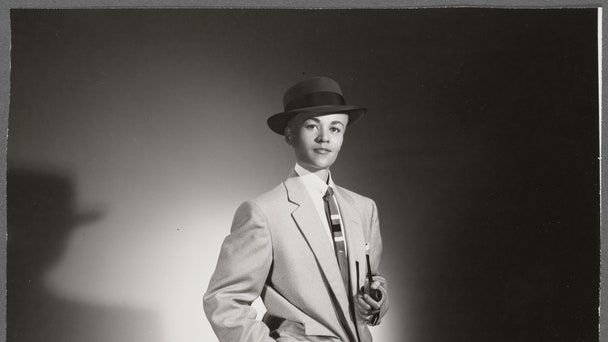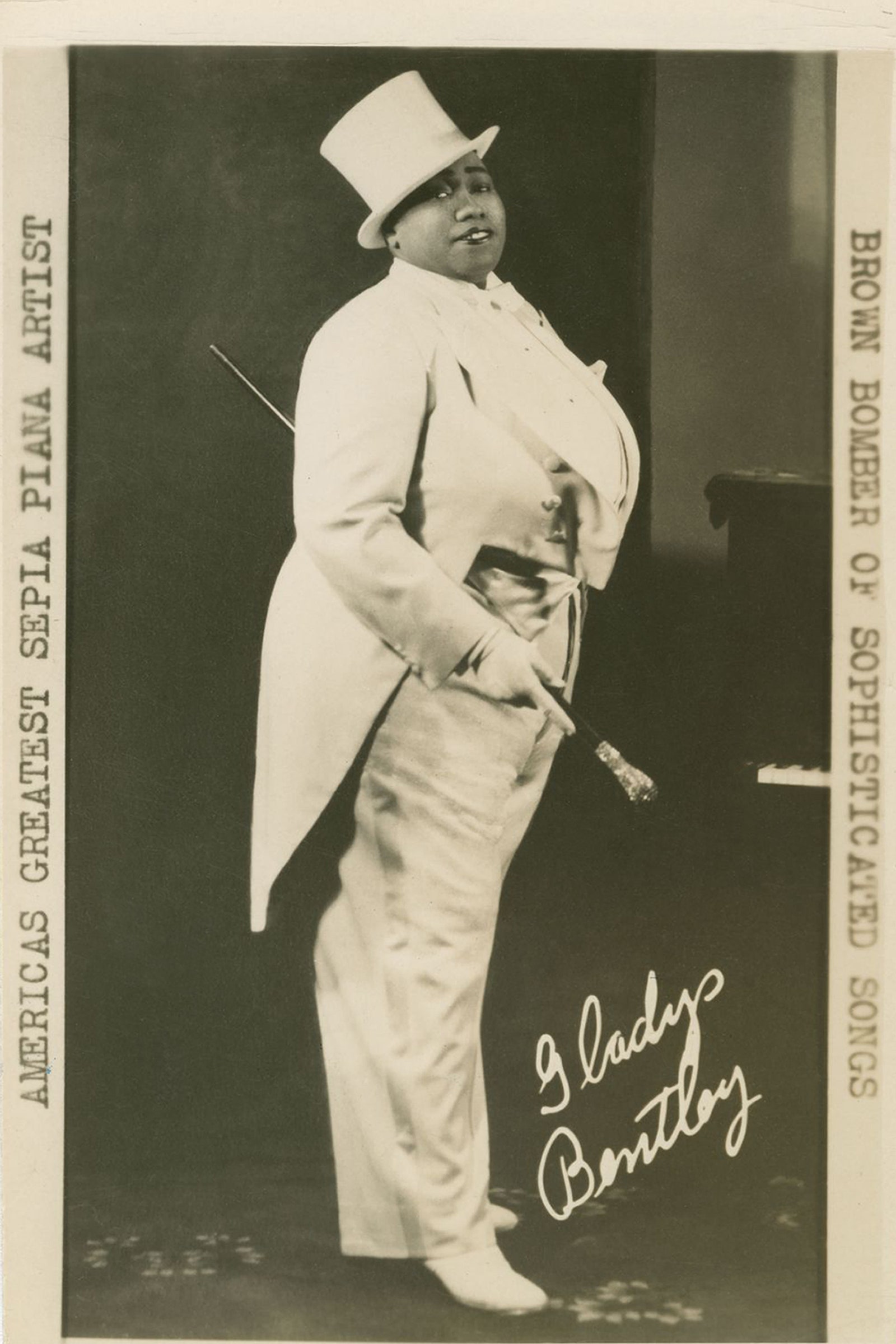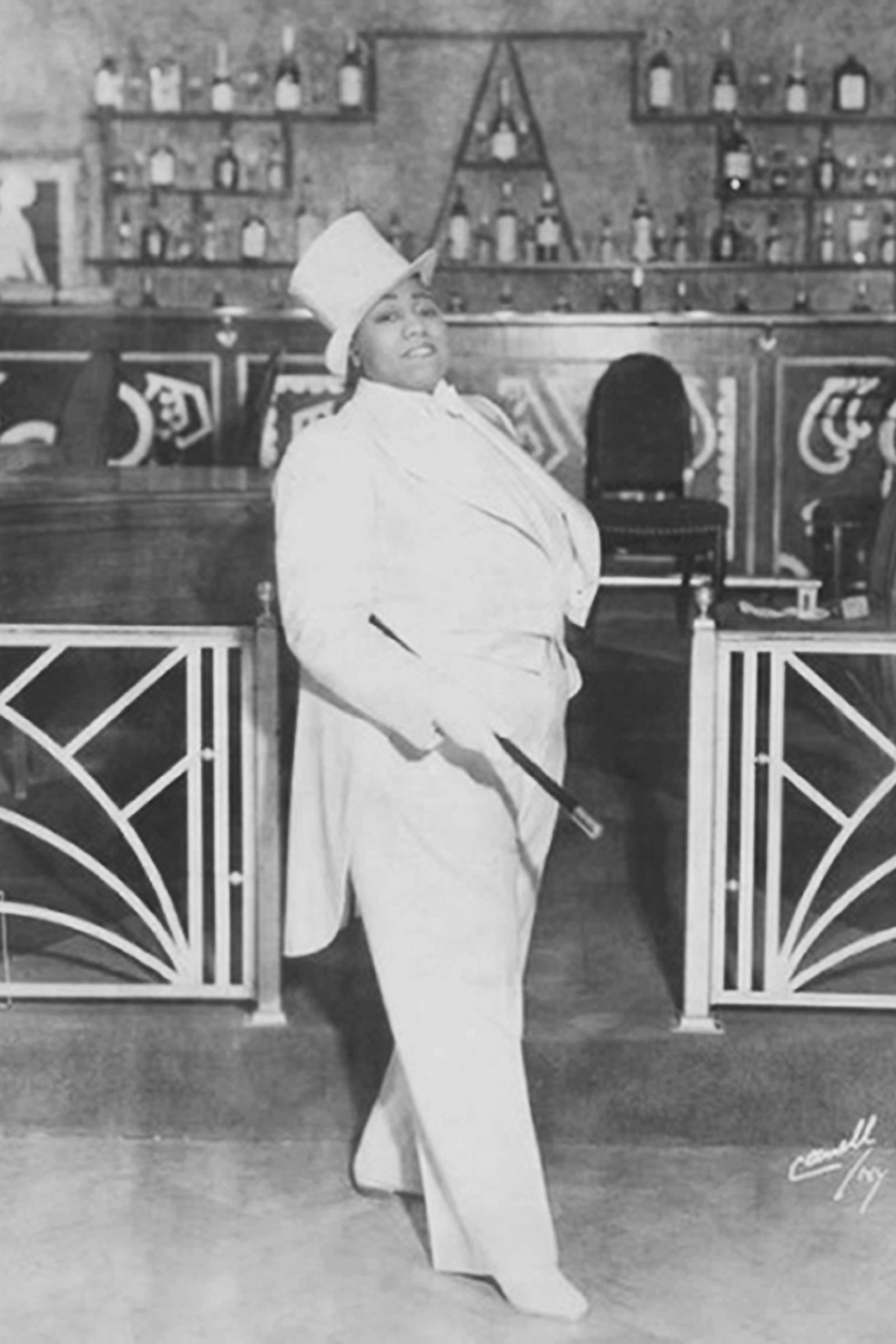When we think of dandyism—a cornerstone of “Superfine: Tailoring Black Style,” the spring exhibition at the Met’s Costume Institute this year, which considers the Black dandy in particular—it’s men who generally come to mind: late giants such as Oscar Wilde and André Leon Talley, or contemporary figures like Dapper Dan and A$AP Rocky. But throughout history, women have also embraced flamboyant, traditionally male dressing.
Of course, there is not an incredibly dense record of female dandies. “The invisibility of these communities often makes it so that trends can’t develop in the same way that they would in the mainstream,” Eleanor Medhurst, author of Unsuitable: A History of Lesbian Fashion, told Vogue last year. “You’re not necessarily going to know what other people in your community are doing because you can’t see them.” But that doesn’t mean the historical record is totally blank.
Christina, Queen of Sweden, who reigned from 1632 to 1654, was known for her masculine presentation and refusal to marry. While she had access to fine clothing and a fondness for traditionally male pieces like cravats and toques, Christina was more of a precursor to dandyism than she was an example. (This also considers that she predates the idea of dandyism, which first emerged in the late 1700s, more than a century after Christina’s death.) Still, she is an early—and rare—example of a woman who openly dressed as a man.
In time, women who embodied the spirit of dandyism earned their own terminology—quaintrelles and dandizettes. But they didn’t necessarily embody the masculine qualities that dandies embraced, rather the eccentricity and dedication to aesthetics.
Photo: Getty Images
The Jazz Age introduced more women who embraced masculine dressing, many of them in the queer community. In the thick of the Harlem Renaissance, blues singers like Gladys Bentley and Ma Rainey exemplified dandyism. Bentley eschewed feminine clothing from a young age and adopted her signature suiting when she took a job as a pianist at Harry Hansberry’s Clam House, a gay Harlem speakeasy. She was particularly well known for her dapper white suit, finished with coattails and a bowtie, slicked-back hair, and a top hat. And while Rainey was often pictured in more feminine dress, her lyrics directly referenced queerness, with fashion as the conduit. “It’s true I wear a collar and a tie,” she sang in “Prove It on Me Blues.” “Wear my clothes just like a fan / Talk to the gals just like any old man.”

















